Natural Hoof Oil
3 cups Olive Oil
1/4 cup rosemary
1/4 cup rosehips
1/4 cup nettles
1/4 cup calendula
1/4 cup comfrey
1/4 cup bladderack
1/4 cup coconut oil
1/4 cup lanolin (optional)1 Tablespoon Tea Tree Oil
1 Tablespoon Lavender Oil
1 Tablespoon Vitamin E Oil*
In a double boiler, heat the olive oil and dried herbs over very low heat for about 2 hours. The heat needs to be low enough that the oil doesn't sizzle at all - if it does, you are effectively 'frying' the herbs. I use a stainless steel bowl for the oil and herbs and I sent it on top of a saucepot of water on super low heat.
After 2 hours, strain the oil mixture using a screen sieve lined with a couple layers of cheesecloth. You really want to make sure that you get all the plant material out of the oil, as any left could mold and make the whole batch unusable. I like to strain my herbs directly into a glass pyrex pitcher. This allows me to get an accurate measurement of how much oil there is (not a big deal for this recipe, but often very important). It also makes it a lot easier to reheat the oil and eventually pour it into whatever container you are planning to use.
Return the pyrex pitcher full of strained oil directly into a saucepot of hot water and return to low heat. Allow the oil to warm for about 5 minutes, and then add the coconut oil and lanolin. (Lanolin is an animal derived product, so only use it if you want. It comes from the sebaceous glands of wool bearing animals, like sheep. It's very emollient and helps protect the hoof against the ravages of nature.)* Once the lanolin and the coconut oil have been fully incorporated, remove the oil from the heat.
Take the Pyrex pitcher out of the water (be careful, the glass will be very hot) and allow it to cool for 20 minutes. It's important to allow it to cool fully before the next step. Essential oils are highly delicate at high temperatures and you'll evaporate a majority of the volatile oils if you add it to the hot oil.* Once the blend has been cooled sufficiently, you can add the Tea Tree Oil, the Lavender Oil, and the Vitamin E.
Both the Tea Tree and Lavender oils will function as antibacterial agents, and the Vitamin E will serve as a preservative to the oil as well as supplement to the hoof medicine.To Use: Using a paintbrush, generously paint the hoof with the oil. Be careful not to get too much on the floor, as it might be slippery!
TO USE: Paint the entire hoof with the oil from the coronet band all the way to the frog underneath. If the hoof is in bad shape, use the oil 2 - 3 times per week for the first month. Watch carefully to make sure that you are not "over moisturizing" the hoof - you'll know if you see the hoof starting to become spongy or over soft.After about a month, hopefully you will see marked improvement in the hoof quality and you can move to a maintenance level of once a week.My personal maintenance program for hoof health is that every time I pick their hooves, I spray the bottom with my Hoof Spray (a blend of Apple Cider Vinegar, Rosemary, and Distilled Water). Once a week I paint their hooves generously with my Hoof Oil. Remember that environmental conditions play a big role in hoof health. The climate where you live, whether your horses are on pasture or kept in a stable, age, and diet will all affect the health of your horse's hooves
